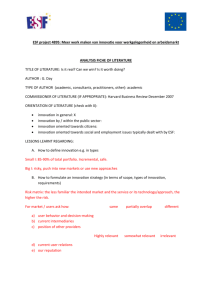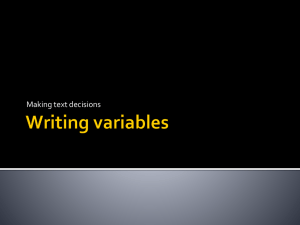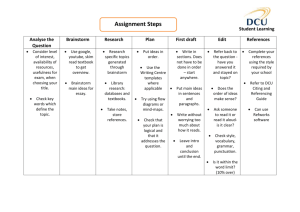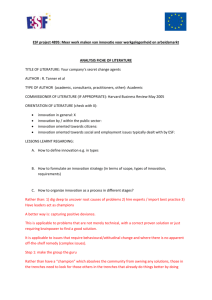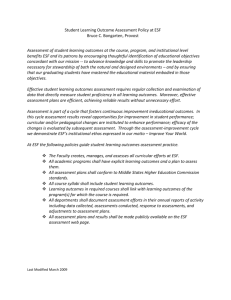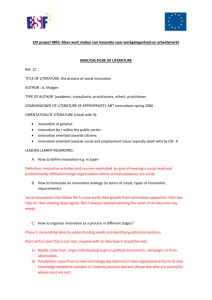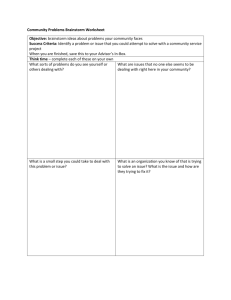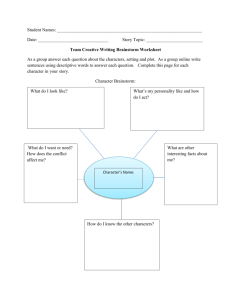ESF project 4895: Meer werk maken van innovatie voor
advertisement
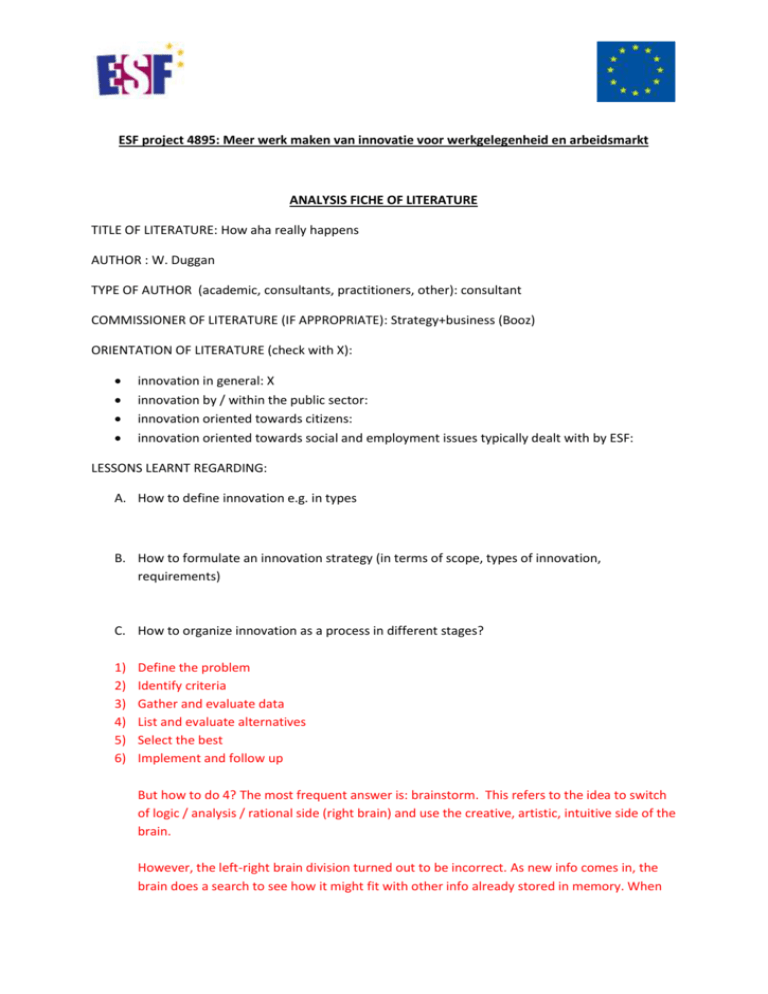
ESF project 4895: Meer werk maken van innovatie voor werkgelegenheid en arbeidsmarkt ANALYSIS FICHE OF LITERATURE TITLE OF LITERATURE: How aha really happens AUTHOR : W. Duggan TYPE OF AUTHOR (academic, consultants, practitioners, other): consultant COMMISSIONER OF LITERATURE (IF APPROPRIATE): Strategy+business (Booz) ORIENTATION OF LITERATURE (check with X): innovation in general: X innovation by / within the public sector: innovation oriented towards citizens: innovation oriented towards social and employment issues typically dealt with by ESF: LESSONS LEARNT REGARDING: A. How to define innovation e.g. in types B. How to formulate an innovation strategy (in terms of scope, types of innovation, requirements) C. How to organize innovation as a process in different stages? 1) 2) 3) 4) 5) 6) Define the problem Identify criteria Gather and evaluate data List and evaluate alternatives Select the best Implement and follow up But how to do 4? The most frequent answer is: brainstorm. This refers to the idea to switch of logic / analysis / rational side (right brain) and use the creative, artistic, intuitive side of the brain. However, the left-right brain division turned out to be incorrect. As new info comes in, the brain does a search to see how it might fit with other info already stored in memory. When there is a match, these older memories come off the shelf and combine with the new and the result is a thought. Breaking down and storing is analysis, the searching and combining intuition. When pieces come of the shelf easily, in familiar patterns, you do not even realize it. However, when lots of different pieces combine into a new pattern, you get the “aha” moment. You get you best ideas not in a brainstorm but in the shower, driving, falling asleep, when you brain is relaxed and wandering instead of focused on a specific problem. The common pattern for innovation is therefore: 1) examples from history 2) presence of mind, calmness 3) flash of insight 4 ) solution (Von Clausewitz –On War). D. How to define outputs of innovation e.g. in terms of idea, concept, prototype…? E. How to make decisions regarding progress of an innovation? F. What roles exist for different actors in the innovation process? What competences are required for these roles? G. How to organize interaction with external stakeholders (open innovation)? H. Specific tools that are explained (list briefly for each tool in what stage, by which role, why, how it is to be used). a) Tool 1: idea matrix At the top write your current understanding of the situation. Then comes analysis where you list in rows actions you think you need. Then ask: has anyone else ever made progress on any piece of this puzzle. List sources to answer this question as columns. Then a team start a treasure hunt in those sources. As they progress, they may restate the situation, rows, columns. Flashes of insight will occur as a promising combination is hit. To capture this, you can do reverse brainstorming where you ask team members to meet and bring their ideas of the past week.

